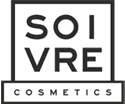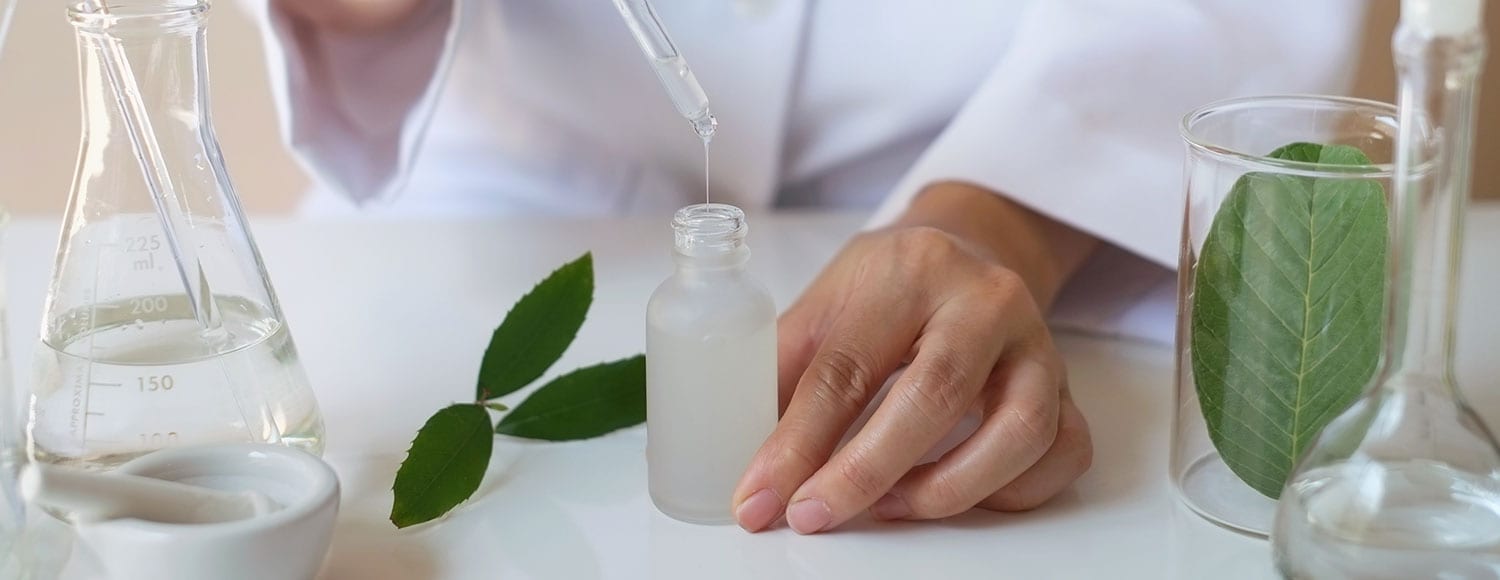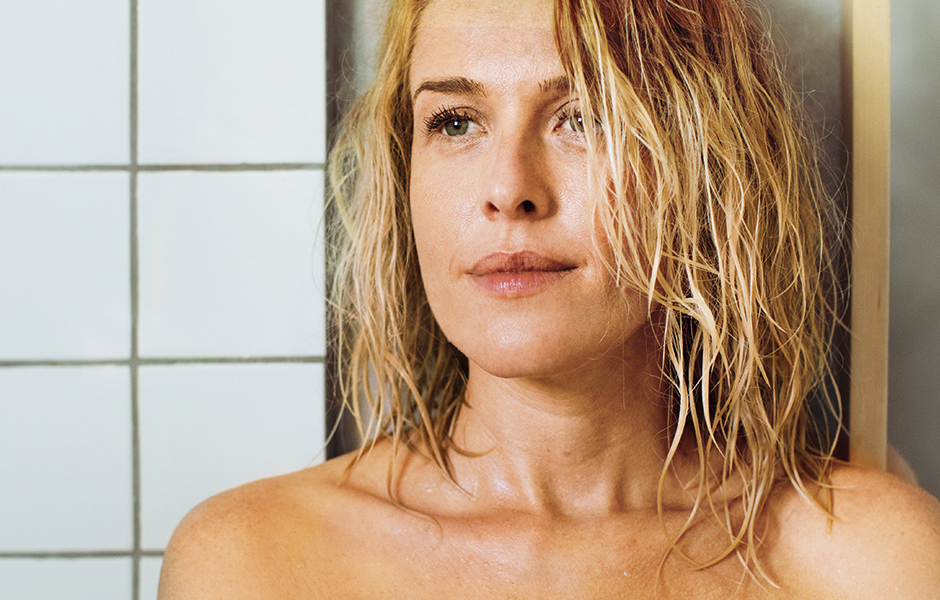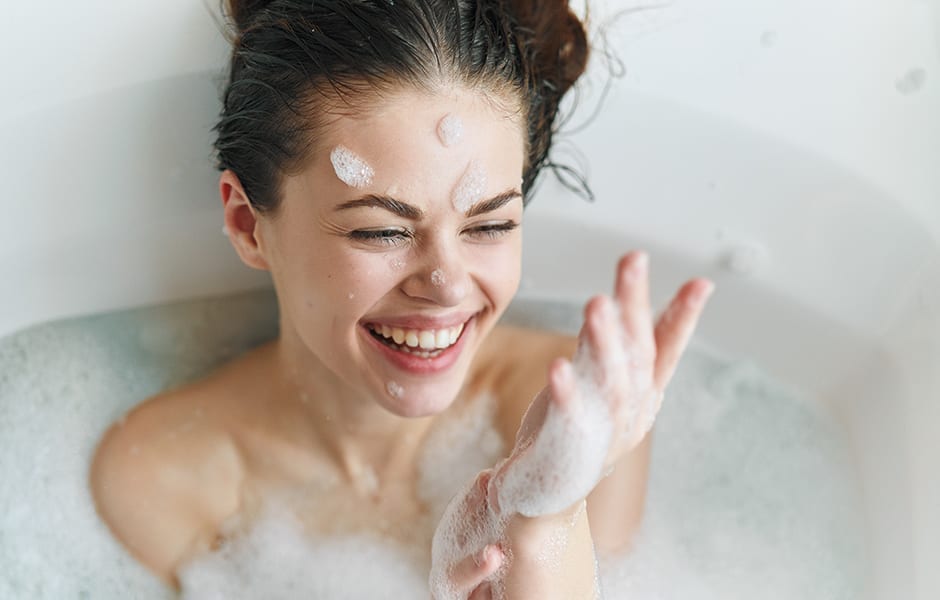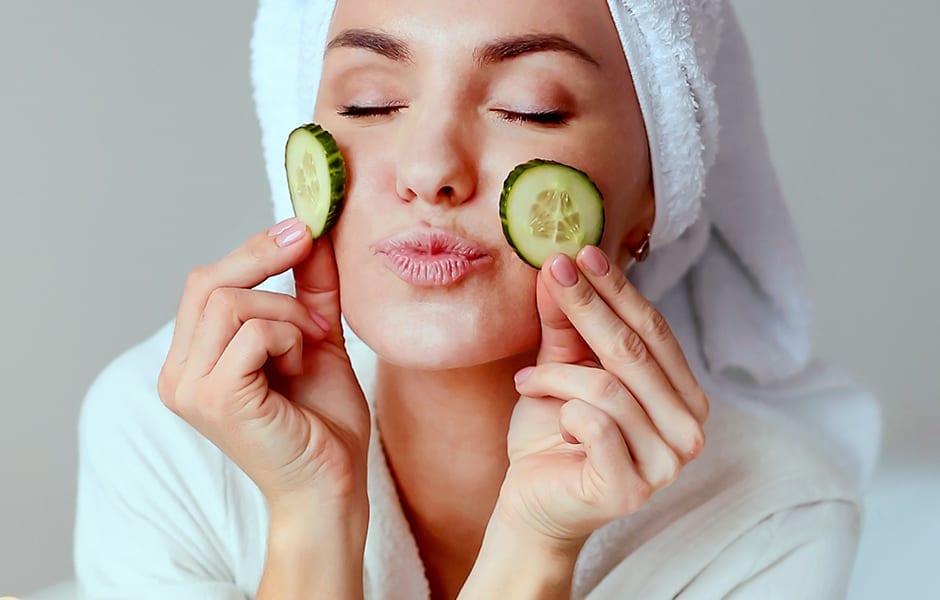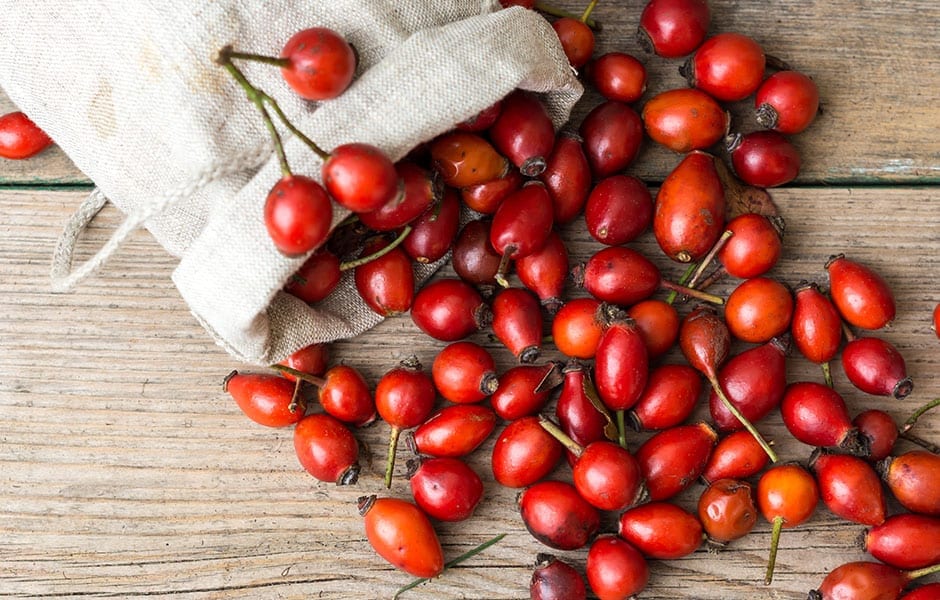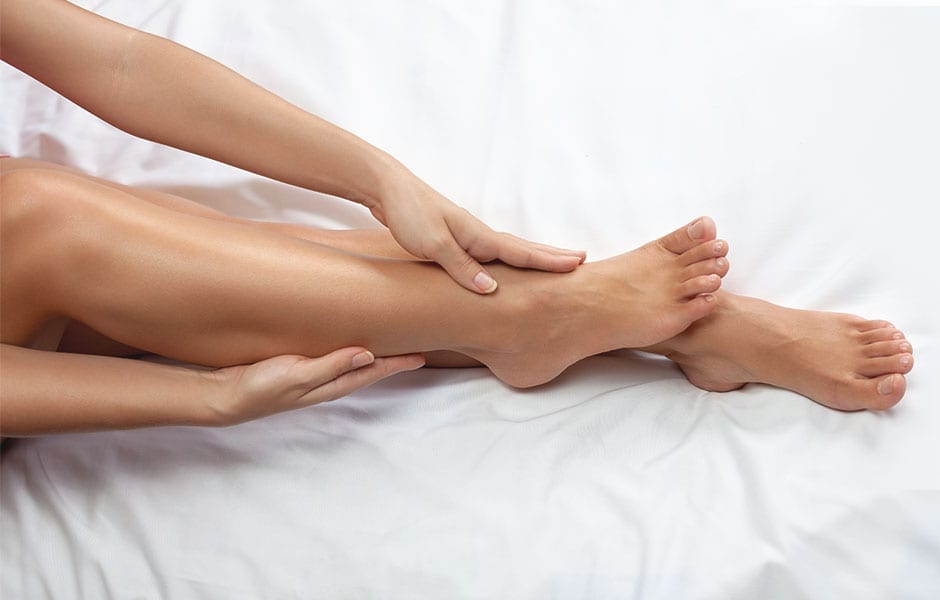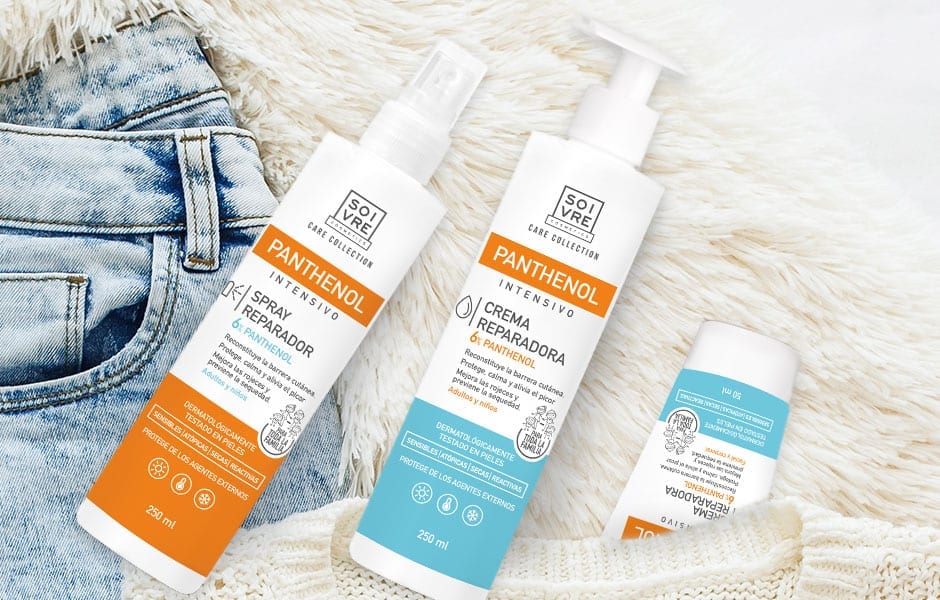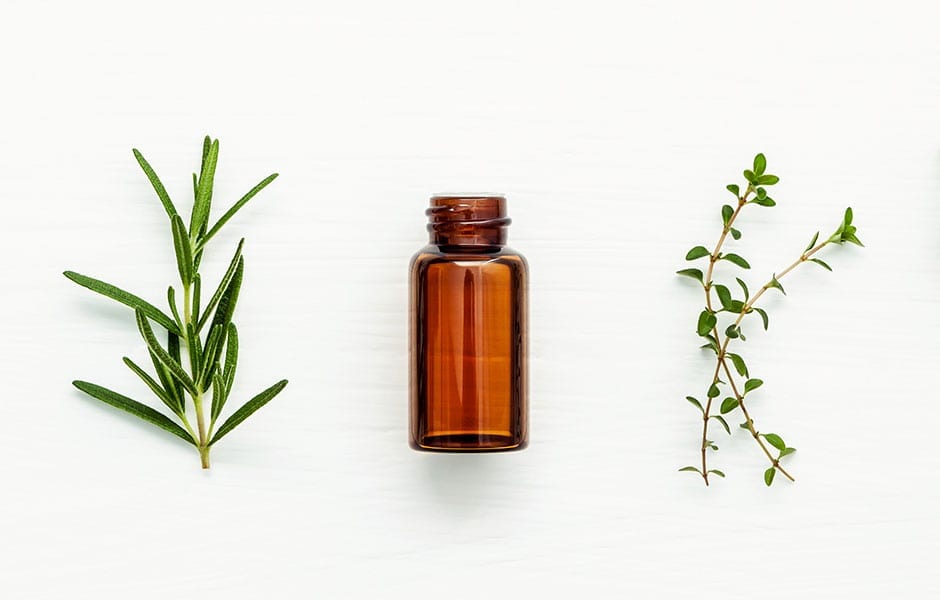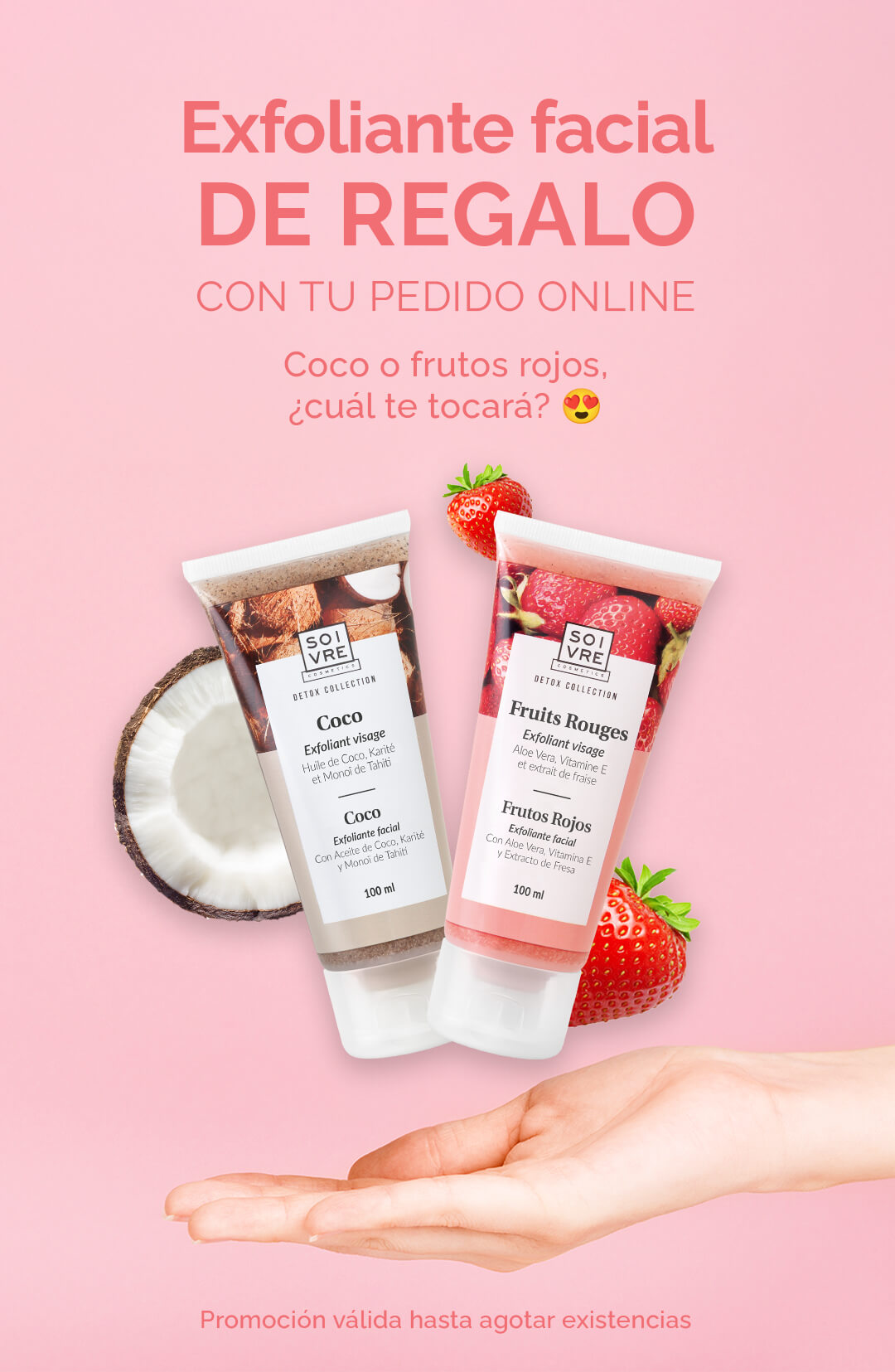The natural cosmetics or ecological is not a fad. It is here to stay because of all its benefits that we share with you today in this post.
Natural cosmetics use organic or organically grown ingredients (more than 90% of their raw materials) and renounce the use of aggressive chemical substances (parabens, silicones...).
Organic cosmetics is a plus in natural cosmetics, as it complies with all of the above and also uses natural raw materials, of vegetable and organic origin, which do not contain any synthetic chemical products or genetically modified organisms.
Advantages of natural cosmetic products
- They are backed by a long tradition as raw materials whose properties have been used for thousands of years.
- Raw materials such as vegetable oils, vegetable butters and waxes, essential oils, pure vegetable extracts, algae, etc. are used in their creation.
- They have no animal products, with the exception of some cosmetics using honey and beeswax or mammalian milk.
- Natural raw materials undergo as little processing as possible and therefore retain as much of their original properties as possible.
- They do not contain parabens, which replace our hormones and mimic their function. Although conventional cosmetics use them in tiny quantities, parabens accumulate in our organs and harm us.
- They make use of natural excipients: floral waters, vegetable oils, waxes and essential oils.
Advantages of natural cosmetics for the environment
- Companies that produce natural cosmetics are generally green companies that respect the ecosystem.
- Natural cosmetic products generate minimal chemical waste.
- Natural cosmetics brands try to avoid excessive packaging.
- Recycled or recyclable 100% packaging is used wherever possible.
- Production processes require less water consumption.
Consumer benefits
- Natural cosmetic products are beneficial to health as they are gentler and more respectful in their relationship with those who use them.
- The benefits of natural cosmetics last longer as they are integrated into the body through the skin and enter the bloodstream.
- Natural cosmetic products effectively care for our organism by stimulating its innate abilities.
- Natural cosmetics are ideal for sensitive and allergic people as they do not contain substances that irritate the skin.
- It does not contain synthetic chemical colourings or preservatives or synthetic or mineral oils (petroleum-based).
- Natural cosmetics are recommended for babies in everyday products (shower gels, shampoos, creams).
Benefits for the local economy
- The manufacturers of these products are often small entrepreneurs located in rural environments that generate wealth in underprivileged areas.
- If they are big brands, the ingredients they use are grown in developing countries with respect for their ecosystems, as pesticides, herbicides, chemical fertilisers and other harmful substances cannot be used on plants.
To recognise natural cosmetic products
- Read: check the list of ingredients and if you see that it has METHYLPARABEN or E-218, ETHYLPARABEN or E-214, PROPYLPARABEN or E-216, BUTYLPARABEN or E-209 discard it as a natural cosmetic product.
- Smell: they do not smell strong and are generally floral or citrus scents.
- Check: look for an endorsement or certification from those mentioned above.
The truth about different trade names
In shops you will see cosmetic products labelled "biological", "ecological", "natural" or "organic", and which include green nuances in their labelling. However, these messages do not always correspond to the objective reality of natural cosmetics and their production process.
Organic or natural products must always be certified.
When you read the labelling carefully, look at the composition, as we have already discussed in this article. Only the ingredients and certifications give you information about the characteristics of the cosmetic, so always put trade names and claims in the background.
A glimpse into the origins of natural cosmetics
Many of the advantages of natural cosmetics discussed in this article have deep historical roots that need to be explained.
The history of natural cosmetics helps us to understand why this phenomenon is now reaching us with a wave of greater intensity, although its beginnings date back thousands of years.
In the Ancient EgyptBy 4,000 BC, many hygiene and self-care practices that are now in the public domain were only the privilege of certain groups or castes. Those who had the time and resources to take care of their bodies paid the kosmetes or experts in maintaining beauty through their treatments and potions with plants.
In the tombs of the pharaohs, flasks were placed with various ointments and elixirs that would help them to look their best in the World of the Dead. And it was not only cosmetics that they took with them on their journey, but also the utensils they used in life and even slaves died to serve their leader in the afterlife.
Ancient Egyptians knew and used vegetable oils to protect themselves from the sun and to moisturise their skin, close wounds and mummify their corpses.
It is known from remains found in certain jars that they made mixtures of alabaster powder, salt and honey to exfoliate the soles of their feet or that they applied anti-wrinkle creams that included beeswax and moringa oil.
At America, Back in the 12th century, naked or scantily clad bodies cried out for decorative and camouflage elements, and natural make-up and cosmetics played an important role. The Indians of Peru and the Aztecs of Mexico developed a whole art of colouring their faces to achieve impressive visual effects in their rituals and magical ceremonies. They used plant and mineral pigments in their make-up.
So, back to Europe and in particular to the Ancient Greece (1300 B.C. - 150 B.C.) already used intensely scented oils extracted mainly from flowers and citrus fruits for skin care.
A dark time in many ways for cosmetics was the Middle Ages by the amputation brought about by wars, great epidemics and radicalism in religious beliefs. For many years in the Middle Ages, bodily beauty achievable through the use of external substances was frowned upon.
Only the nobility and those with large fortunes began to use cosmetics to give their skins a pale, rosy, soft-touch appearance, which was further enriched by exotic products from other regions during the crusades of the 12th and 13th centuries.
Subsequently, during much of the Victorian Era Values were reversed and cosmetics became associated with the lower castes or prostitutes, who alleviated the traces of the rigours of their lives with potent and colourful artifices.
During the Renaissance, Italy played a very important role in the history of natural cosmetics. The Dominican monks of Santa Maria della Novella in Florence set up their laboratories in 1221. In hiding, they experimented with natural raw materials until 1662, when they opened their knowledge to the public and began to produce and market perfumes, soaps, creams and effective medicines. They were the creators of the "Eau de Cologne" and the famous almond cream which to this day - with its variations - we see on almost every cosmetic shelf.
If we jump to the 20th century with all the developments in the Industrial Age, the challenge for many scientists and chemists was to obtain substances with properties similar to those of the natural active ingredients in laboratory tests.
Nowadays the cosmetic industry has blindfolded us to go in search of external beauty, when beauty was already given to all of us in our first breath, the beauty of the singular and the living.
At Soivre we work and promote health at all levels, so that we take care of your body and your beauty by going back to the origins in the natural.
Aware of our social weight as consumers, we promote the use of environmentally friendly products. This is why natural cosmetics are gaining in popularity and establishing themselves as the best way to care for our bodies and our environment.
For women looking for health and more authentic beauty, natural cosmetics is a path to explore, and now you know its advantages.
If you would like to know more tips on how to improve your body skin care, you can download here our free guide to body skin care and treatment.
We hope you find it very useful :-)
